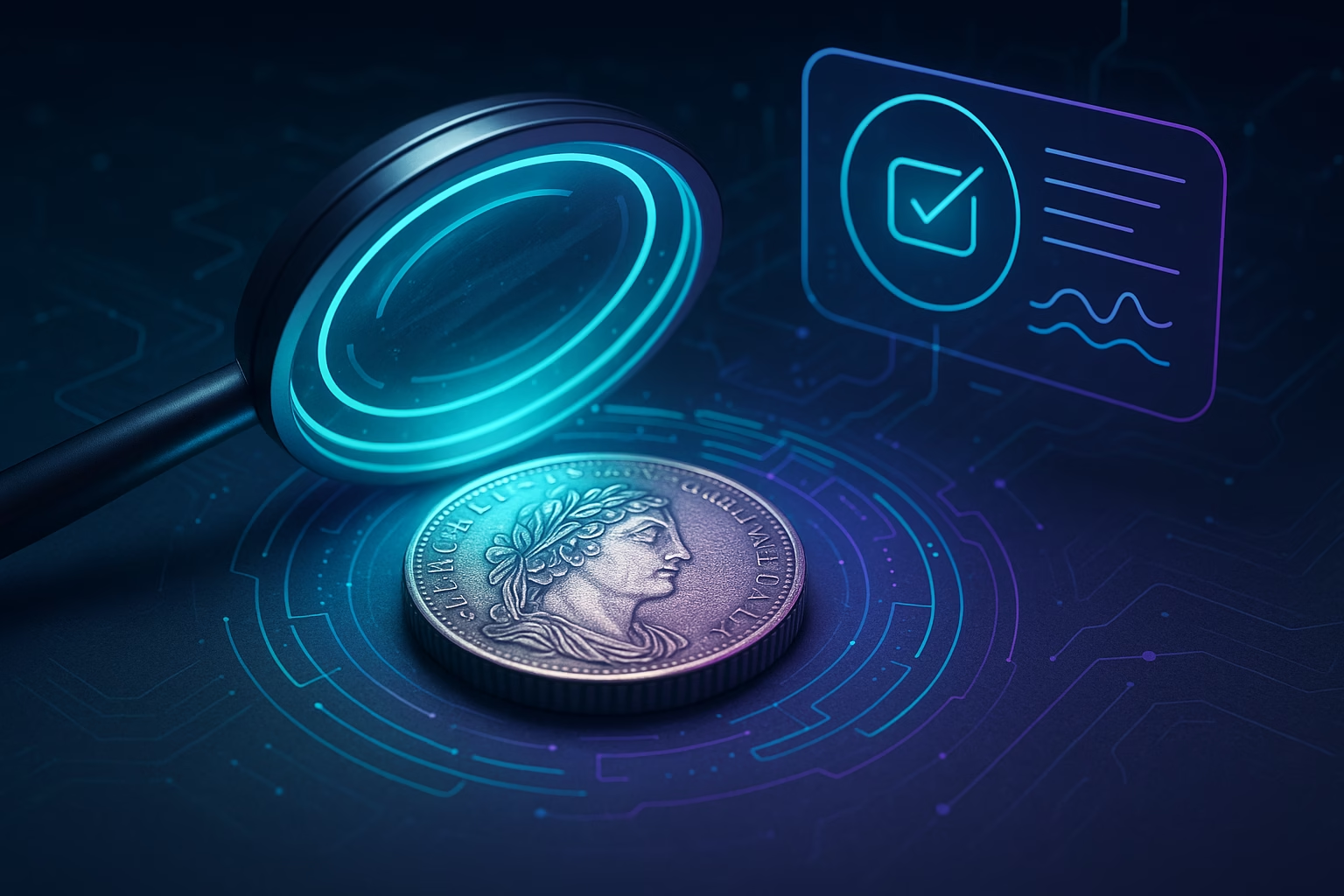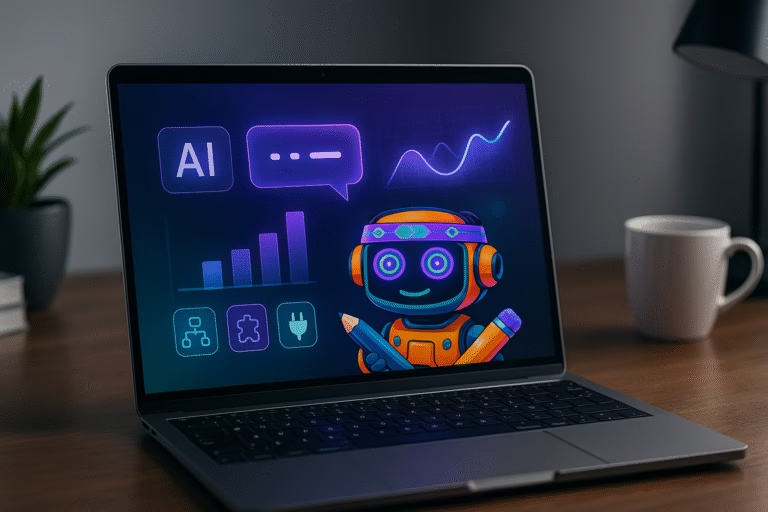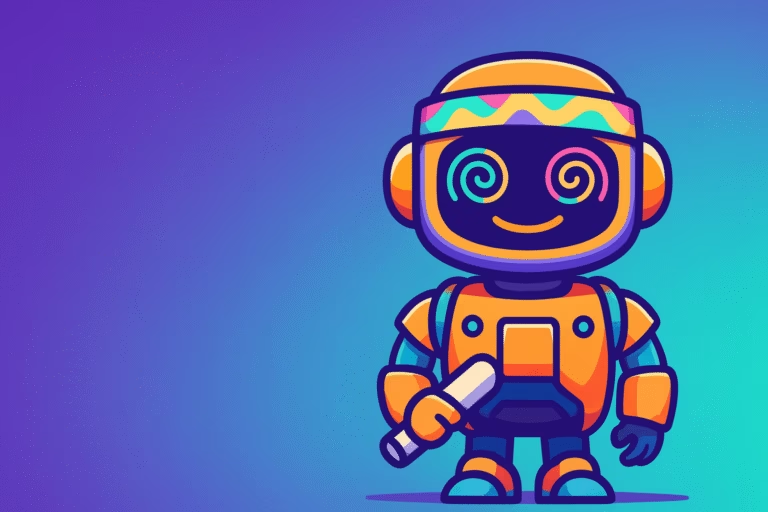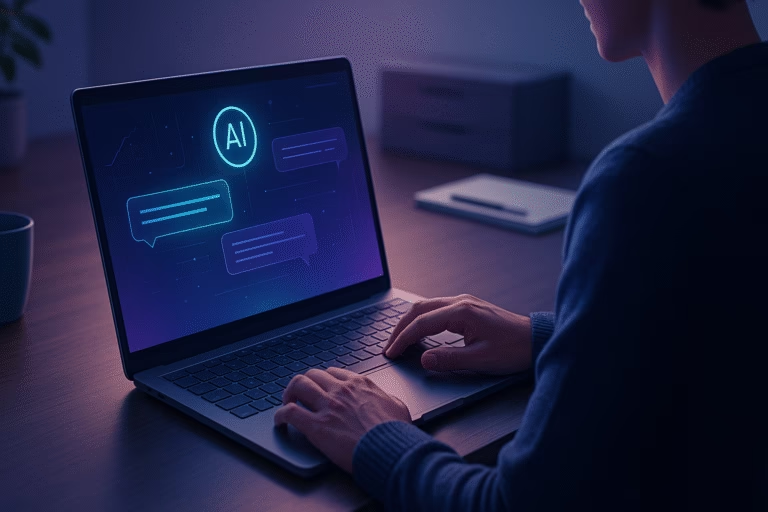The Impact of Artificial Intelligence on Global Numismatics

From Renaissance Hobby to Digital Transformation
In the world of numismatics, every coin tells a unique story. Its metal preserves iconography, inscriptions, patinas, and microscopic marks that recount histories of trade. Coin collecting evolved from a Renaissance pastime into a discipline that blends passion with historiographic work. Today, this centuries-old practice has been transformed by artificial intelligence (AI) and advanced computer vision techniques that allow machines to “see,” compare, and learn complex patterns from thousands (even millions) of images and data points.
How AI Recognises and Classifies Coins
Artificial intelligence, specifically convolutional neural networks (CNNs), can turn a smartphone photo into a mathematical representation that preserves edges, reliefs, and textures.
- These representations are compared against indexed samples to propose an identification, approximate date, or value range.
- In simple terms, AI extracts visual features and converts them into numerical vectors, matching them with entries in a database trained with labeled images.
This large-scale pattern recognition is already translating into practical tools. A single photo can now identify coins or banknotes within seconds, delivering details such as country, approximate year, type, and market estimates.
Popular apps illustrate this progress:
- CoinSnap claims coverage of 300,000+ coin types with reported accuracy rates of 99%.
- HeritCoin offers an integrated solution that combines automatic identification, historical context, human appraisal services, and a built-in marketplace.
Tools Designed for Collectors
Beyond identification, these apps integrate seamlessly with daily collecting practices. They enable:
- Personal catalogues with photos and metadata
- Market alerts for specific variants
- Access to auction histories and historical synopses
- Preliminary grading (approximate condition)
- Digital records that speed up appraisal or insurance requests
In HeritCoin, for example, the system processes a photo through a CNN trained on thousands of samples, creating a numerical “fingerprint.” This is compared against a database index, returning the closest match with a confidence score. Some ecosystems also add blockchain-based digital certification, ensuring an immutable record of certificates or transactions—already explored in art and luxury markets for traceability.
These tools do not replace human experts, but they democratise access to knowledge once limited to catalogues and specialist consultations.
Fighting Counterfeits with AI
AI is also becoming a powerful ally against counterfeits. In the art world, companies like Art Recognition use neural networks to flag forged works on online marketplaces, spotting irregularities invisible to the human eye.
In numismatics, visual screening is combined with established physico-chemical techniques that confirm metallic composition and detect alloys inconsistent with the era. The safest practice is hybrid:
- AI for anomaly detection
- Non-destructive lab analysis for material verification
- Expert judgment for the final decision
Educational and Research Potential
Beyond authentication, AI can transform each scan into an educational capsule:
- Linked historical narratives
- Maps of monetary circulation
- Explanations of alloy choices
For conservation, predictive models can anticipate corrosion processes and recommend optimal storage conditions. In academic research, analysing large volumes of excavated coins helps reconstruct trade networks and historical chronologies. For accessibility, automated banknote readers already assist visually impaired users in recognising denominations in real time.
Conclusion: A Discipline Reinvented
Numismatics is just one example of how artificial intelligence is transforming centuries-old disciplines. From coin identification to counterfeit detection, from education to conservation, AI is opening new ways to research, preserve, and enjoy our shared heritage.




